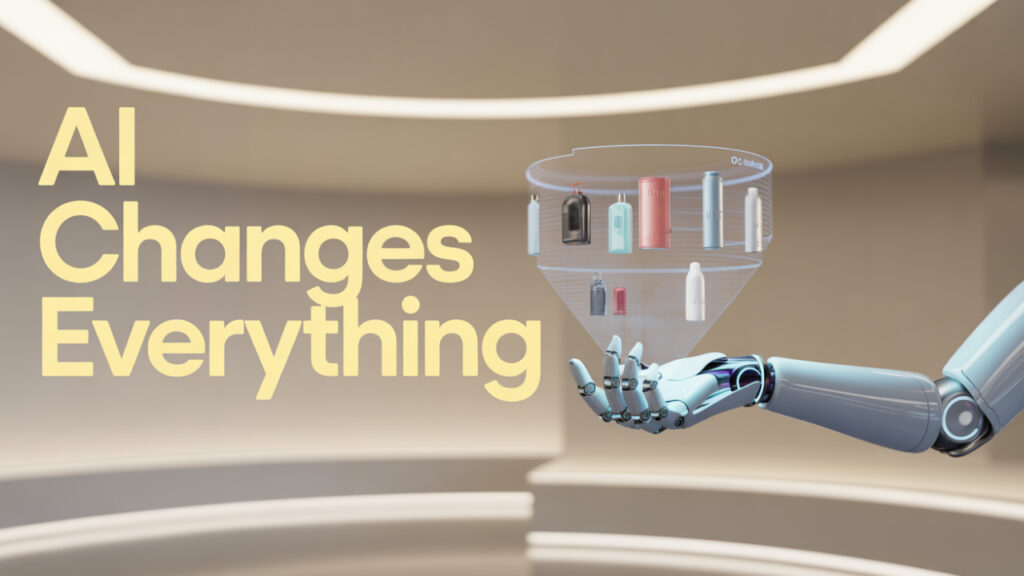The Future on Your Wrist: 10 Revolutionary Wearable Tech Innovations Transforming Life in 2025
Introduction
Wearable technology is no longer just about tracking your steps or counting calories. In 2025, wearables have evolved into sophisticated devices that can monitor your health in real-time, enhance your productivity, connect you to augmented realities, and even help save the planet. The global wearable tech market is projected to surpass $150 billion by 2028, and the pace of innovation is accelerating faster than ever.
If you haven’t yet read our earlier piece, 10 Groundbreaking Innovations in Wearable Tech That Are Shaping the Future, you’ll find plenty of fascinating insights there. This new article builds on that foundation—diving deeper into the 10 most game-changing wearable innovations of 2025 and exploring how they’re transforming life today while shaping tomorrow.
1. AI-Powered Health Monitoring Wearables
What was once a simple heart rate tracker is now a fully-fledged AI health assistant on your wrist. In 2025, wearables like the Apple Watch Ultra 2 and Withings ScanWatch 2 don’t just collect health data—they interpret it, learn from it, and offer predictive health insights.
These devices can:
Detect irregular heart rhythms before symptoms appear
Monitor blood oxygen saturation for early illness detection
Predict potential health risks like hypertension or diabetes
Alert emergency contacts and doctors instantly in case of a severe event

Why it matters:
AI in wearables is a breakthrough for preventative healthcare. Imagine being warned about a potential heart issue days before it escalates. This kind of early detection can save lives, reduce hospital costs, and empower people to take control of their well-being.
2. Smart Textiles & E-Textiles
We’ve moved beyond smartwatches—now the very fabric you wear can be intelligent. E-textiles integrate tiny sensors and conductive threads into clothing, enabling it to monitor body metrics, adjust to temperature changes, and even power small devices.
Examples in 2025:
Google Jacquard jackets that control your phone with a swipe of the sleeve
Siren Socks, which monitor foot temperature to help diabetics prevent ulcers
Sports apparel that measures hydration levels and optimizes performance
Why it matters:
Smart textiles are comfortable, discreet, and constantly in contact with the body, making them ideal for continuous health monitoring without bulky devices.
3. Brain-Computer Interface Wearables
Science fiction has entered reality with brain-computer interfaces (BCIs) you can wear like a headband. These devices read brainwave patterns and translate them into commands for computers, AR systems, or prosthetics—without any physical movement.
Examples in 2025:
Emotiv Epoc X headsets for hands-free device control
Neurable headphones that detect mental fatigue and adjust audio settings accordingly
Why it matters:
For people with mobility challenges, BCIs offer life-changing independence. For the rest of us, they represent a leap toward seamless human-computer interaction.
4. Advanced AR Glasses
Augmented reality glasses are finally sleek, practical, and powerful enough for everyday use. In 2025, models like Xreal Air 2 and Meta’s AR-capable Quest Pro are redefining how we work, learn, and play.
Capabilities include:
Real-time translation of text and speech
Interactive 3D learning environments
Virtual workspaces without physical monitors
Navigation overlays for pedestrians and drivers
Why it matters:
AR wearables could replace smartphones as our primary interface with the digital world, offering a more natural, hands-free experience.
5. Wearable Payment Devices
Payment is now as simple as a wave of your wrist—or even your finger. Wearable payment tech has expanded beyond smartwatches to rings, bracelets, and even patches.
Examples:
K Ring for contactless card payments
Fitbit Pay integrated into fitness trackers
Tokenized devices that store encrypted payment credentials for maximum security
Why it matters:
Convenience and security are the main drivers. No wallet? No problem. Plus, many devices include biometric authentication, adding a layer of fraud protection.
6. Sleep Optimization Wearables
Poor sleep is linked to everything from mood disorders to heart disease. In 2025, devices like the Oura Ring Gen 3 and SleepScore Max don’t just track your sleep—they actively improve it.
How they work:
Monitoring REM, deep, and light sleep cycles
Providing AI-driven bedtime recommendations
Adjusting smart lighting or temperature to optimize rest
Waking you at the perfect moment in your sleep cycle
Why it matters:
Quality sleep is foundational to health, and AI-powered insights can help millions overcome insomnia or poor rest habits.
7. Energy-Harvesting Wearables
Charging wearables daily is becoming a thing of the past. Energy-harvesting tech uses body heat, movement, or sunlight to power devices.
Examples:
Matrix PowerWatch, powered by body heat
Solar-charging fitness trackers for outdoor enthusiasts

Why it matters:
This is a huge step for sustainability and convenience—especially in remote areas or for devices that need to be “always on.”
8. Mental Wellness Wearables
Mental health has become a core focus in wearable development. Devices like the Muse 2 headband and Apollo Neuro use biofeedback to track stress and guide meditation or relaxation exercises.
Features include:
Detecting elevated cortisol levels
Guided breathing sessions
Haptic vibrations to calm the nervous system
Why it matters:
These tools help address the mental health crisis by providing instant, personalized support.
9. Next-Gen Hearing Enhancement Devices
Today’s hearing aids are merging with wireless earbuds to deliver both medical and lifestyle benefits.
Examples:
Bose SoundControl for personalized hearing amplification
Eargo Neo HiFi for nearly invisible design
Why it matters: This technology improves accessibility for millions while also appealing to those who want superior audio quality in everyday life.
This technology improves accessibility for millions while also appealing to those who want superior audio quality in everyday life.
10. Sustainable & Biodegradable Wearables
The tech industry is finally addressing e-waste with eco-friendly devices made from recycled or biodegradable materials.
Examples:
Samsung Galaxy Watch straps made from ocean plastic
Wearables with biodegradable circuit boards
Why it matters:
Sustainability is becoming a competitive advantage, attracting eco-conscious consumers.
Comparison Table: 2025’s Top Wearable Innovations
| Innovation | Key Feature | Example | Best For | Price Range |
|---|---|---|---|---|
| AI Health Monitoring | Predictive health alerts | Apple Watch Ultra 2 | Health-conscious users | $300–$800 |
| Smart Textiles | Data-sensing fabric | Google Jacquard | Athletes, patients | $100–$500 |
| Brain-Computer Interface | Thought control | Emotiv Epoc X | Disabled users, gamers | $500–$2,000 |
| AR Glasses | Real-time AR overlay | Xreal Air 2 | Professionals, students | $400–$1,200 |
| Wearable Payments | Contactless transactions | K Ring | Shoppers, travelers | $50–$300 |
| Sleep Optimization | AI sleep coaching | Oura Ring 3 | Sleep improvement | $300–$600 |
| Energy-Harvesting | Self-charging tech | Matrix PowerWatch | Outdoor users | $200–$500 |
| Mental Wellness | Stress reduction | Muse 2 | Mindfulness fans | $200–$400 |
| Hearing Enhancement | Dual function | Bose SoundControl | Hearing aid users | $800–$1,500 |
| Sustainable Wearables | Eco-friendly materials | Samsung Eco Strap | Eco-conscious buyers | $50–$300 |
What’s Next: Wearable Tech in 2030
Looking ahead, wearable tech is poised to merge even more seamlessly with the human body:
Nanotech sensors under the skin for continuous health tracking
Fully immersive AR contact lenses replacing glasses entirely
Bio-integrated payment systems without any physical device
AI-personalized medicine delivered via wearable drug-delivery patches
The biggest challenge will be balancing innovation with ethics, especially regarding privacy and data security. But one thing is certain—wearables are moving from accessories to essential life tools.



